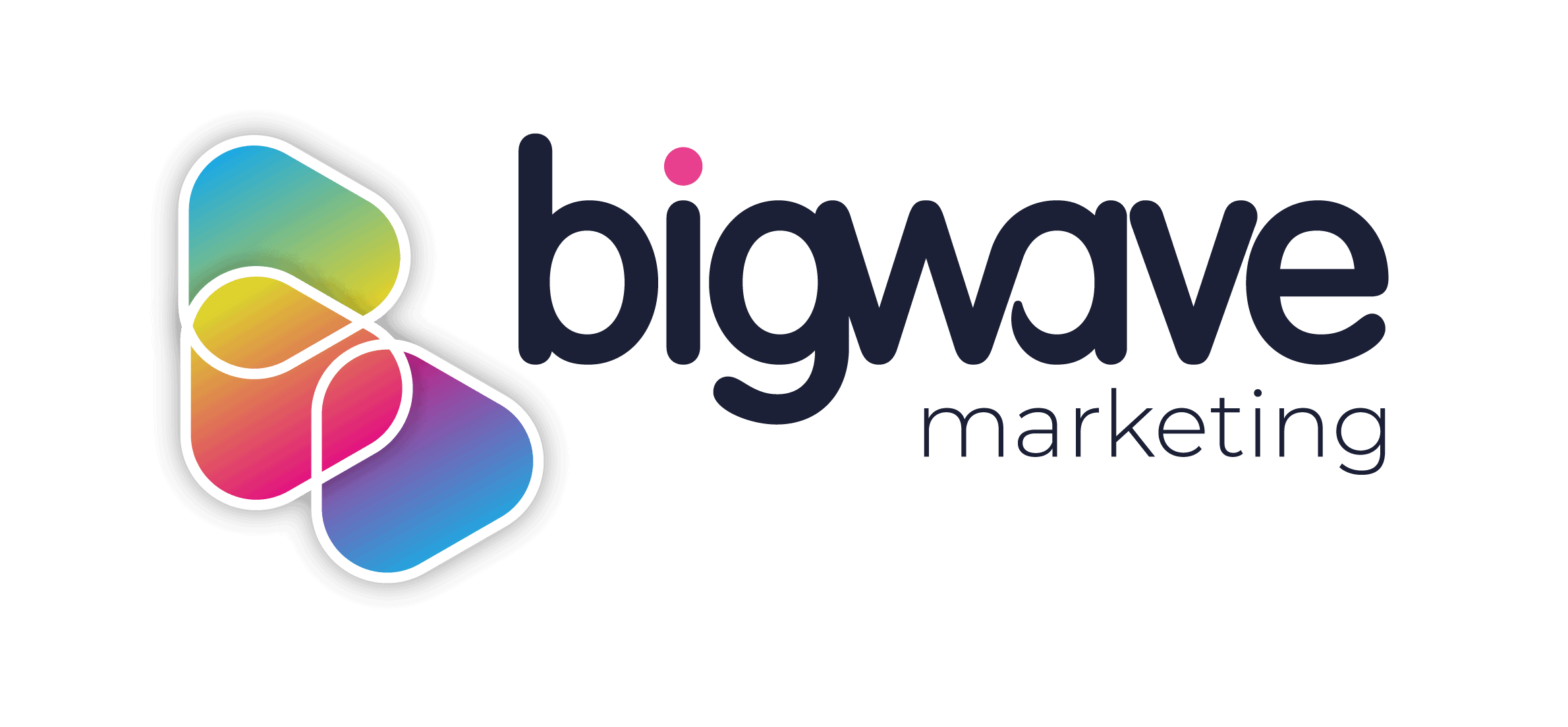You’ve decided to try your hand at advertising on Facebook? Great! Facebook is an effective and intuitive platform on which to advertise your product or service which we highly recommend you use it.
But, to be successful, you need an effective Facebook Advertising campaign. Don’t fret. This article is here to assist you in your pursuit to effectively advertise on Facebook. Continue reading to learn what constitutes a fruitful Facebook advertising campaign.
Constructing a Facebook Ad Campaign
Ad fundamentals
First and foremost, it is important to choose the most appropriate ad format for your campaign. This dictates where your ad will be displayed on Facebook. For instance, an ad in a user’s newsfeed may have a higher engagement rate than a column ad (on the side of the page), therefore driving more traffic and perhaps a better click-through rate (CTR). However, they also tend to be more expensive to manage and maintain.
Additionally, which type of ad you decide to use for your campaign also helps determine how successful the campaign may ultimately be.
For instance, will you decide to make use of a video advert, that perhaps demonstrates your product or service in use? Or instead, will you opt for a photo ad and include a call to action prompt in the hopes of making conversions that way? Examples of ad types include:
- Image – highly visual, eye-catching content
- Video – using video content to draw the user in
- Carousel – showcase up to 10 images within a single ad
- Canvas – a full-screen, highly engaging experience
Budget
A vital aspect of creating an ad is the budget that you decide to allocate towards it. Facebook allows you to set either a daily budget, arguably more appropriate for shorter adverts, or a lifetime budget, which enables the user to set how much they would like to spend for the entirety of the ad’s duration. These options can be found within the ‘ad sets’ edit page. There is no right choice when deciding upon which budget option is right for you, however, it should be made clear that your budget, whether daily or lifetime, should be an appropriate amount.
Consider your costs, potential profit available and the amount of money you wish to spend before determining the budget for your campaign. Remember, that this amount is not set in stone and can be altered during your ad’s run, provided of course, that the new amount has not already been exceeded.
Audience
Additionally, you can also choose where the adverts of your campaign are displayed geographically and who you intend to have your ads target. Facebook provides you with tools that enable you to target specific locations or a set distance within an ‘x’ kilometer radius of a locality of your choosing. Moreover, the age, gender and specific interests of your desired audience can also be tweaked, allowing you to precisely target your preferred demographic.
Tracking
The best method to monitor the actions people take after clicking on your Facebook ads and measure the return on your investment (ROI) is by creating a conversion-tracking pixel. Once set up, you can apply it to the pages of your website where conversions take place (for instance, thank you pages). The pixel then tracks these conversions back to your Facebook Adverts. The Facebook tracking pixel uses JavaScript code and therefore may require the assistance of a website developer to properly install. However, we fully recommend that you do.
Elements of a Facebook ad
So, you’ve chosen what type of ad you’re going to use for your campaign, where and how it’s going to be seen and how much you’re prepared to spend. Now you’re probably thinking: ‘how do I create an effective ad that is going to be appealing to my target audience?’ While each ad will be unique and specific to a campaign’s goals, there are a handful of general rules that can be followed to create an engaging ad.
Facebook ads themselves are typically comprised of several elements:
- Headline
- Text
- Description
- Call to Action (CTA)
- Image Choice
Let’s discuss these individual aspects in more detail and break down how to get the most out of each one.
Headline
What makes an attractive headline for a Facebook ad? While maximum character length will differ across various ads platforms, one key rule should be followed no matter which platform you decide to use: Writing a concise headline is of the utmost importance.
According to research by Hubspot, up to 35% of those aged 18-24 use their mobile phones to engage with and browse through their Facebook feeds, while that figure is only somewhat lower at 30% for those aged 25-34.[1] With this in mind, a shorter, more direct headline is more likely to catch the attention of an individual who is casually scrolling through their Facebook feed than one that is longer and therefore perhaps more difficult to extract meaning from.
Positive words that give the impression that user engagement with the ad will be beneficial to them may also be an important feature to incorporate into your ads when applicable.
Body text
In a Facebook advert, the text is displayed above the image or video. Again, being concise here is very important. If you want to attract potential customers with an eye-catching headline and a striking image, then provide them with the information that is pertinent to the product or service you are advertising.
Description
The description of an ad provides you with 250 characters in which to describe whatever it may be that you’re advertising. Which words you choose are up to you. However, there are several things that any copywriter should consider when writing. This will only be visible while viewing Facebook ads on computers or laptops. It will not display when using mobile devices such as smartphones or tablets.
Again, concision is of paramount importance. You have a limited number of characters and so the more concise your writing is, the better your description can be and the more convenient it is for the individual viewing the ad. Moreover, positivity is key. Make use of words that elicit a positive response from the reader, while also taking advantage of their selected interest in what you are advertising. Remember, providing the ad has been set up correctly, there will be a reason that they are seeing your ad. Appeal to your target audience!
Call to action (CTA)
Facebook Ads provides its users with a variety of call to action prompts from which to choose. Found opposite the caption, the call to action button can be a great motivator so make sure to choose the prompt that is most appropriate for your ad. Remember, people are indecisive and love being told what to do in a moment of uncertainty. A call to action prompt that suits their desire can help decide whether an ad is clicked or whether it is ignored.
Image Choice
Lastly, take care to wisely choose the image that at a glance, your target audience may take to represent the product or service that you are advertising. People often quickly scroll through Facebook and therefore your ads, without stopping to browse. Because of this, make sure that your chosen image(s) accurately represent, are eye-catching at a glimpse and are appealing to those who will view it.
Managing Facebook Advertising campaigns can be difficult and at times, daunting experience. However, when broken down, there are general rules that all campaigns can and should adhere to. In addition to the information outlined above, consider the following suggestions:
P – Proposition: does your ad have an enticing and attractive offer that is going to not only appeal to your target audience but also set you apart from the rest of the competition?
E – Eye-catching: attractive, visual content that is eye-catching is much more likely to be re-posted, liked and shared on Facebook than an ad that is drab and boring to look at. Make sure the visual media you choose is representative, appropriate and of course, appealing to the eye.
A – Action: does your ad incorporate an appropriate and engaging call to action prompt? Help make the customer’s decision easier by encouraging them to click your ad. The right cue can take the pressure off the customers’ shoulders and persuade them to make the click!
R – Relevant: if you’re showing ads to people that aren’t in your target audience, then your ads aren’t going to be relevant and you won’t see any success. The more relevant your ad is to your audience, the higher your relevancy score will be. In turn, Facebook will treat your ads more favourably and you will, therefore, see greater success on the platform.
Remember P.E.A.R in addition to the information contained within this article and you’ll be seeing success and effective advertising on Facebook in no time at all.
—
We are experts in all aspects of creative and digital marketing and would be more than happy to assist you in any of your online advertising and marketing needs.
Please click the following link to view the entirety of our range of services:

